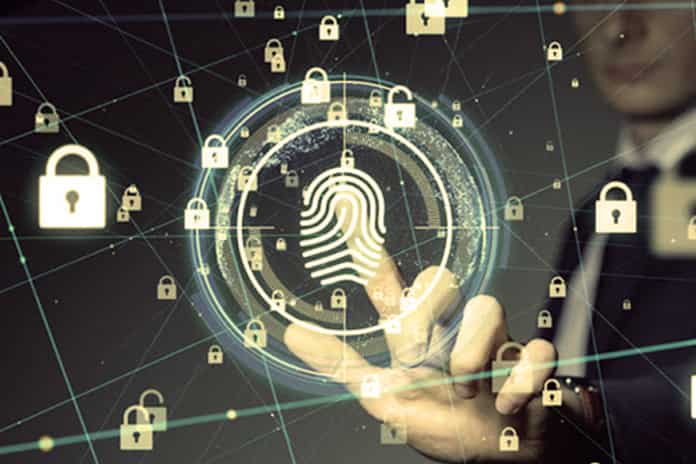We might think that data leakage and data loss are the same thing. Both concepts could be translated by data loss . However, there is some difference between the two concepts. While data loss and data leakage can result in a data breach, data leakage prevention and data loss prevention should be treated separately.
Data Loss Prevention: How It Differs From Data Leakage Prevention
The leakage prevention data is defined by the following characteristics:
- It focuses on the detection and prevention of confidential data leaks and / or lost data.
- It can occur in a variety of situations, ranging from the loss of a lost removable memory or its theft, to ransomware attacks.
- Data loss can also occur when data is cascaded to companion systems, unless the same level of data protection is applied.
In a data loss, data disappears and may or may not be recoverable, but data leakage, the data leak, is more complex and includes the risk of confidential data flowing between critical systems in an organization.
How To Achieve Effective Data Leakage Prevention
The capabilities of data leakage prevention that your business requires, or what is the same, those required to detect and prevent data leakage in time, are:
1. Identify, Discover And Classify
First, you must identify the record systems you should focus on. Then classify what constitutes confidential information residing in those systems and find out what data items are sensitive based on those classifications. The more automated these steps are, the easier it is for you to keep up with the ever-changing landscape of data and applications within your environment.
2. Analyze Sensitive Data And The Features That Can Allow It To Flow Out Of Record Systems
Confidential data may flow out of these systems through analysis and reporting, consumption by subsequent applications, due to replication in lower environments for development and testing or when data processing by business users takes place.
3. Data Flow Map
A data flow map from these recording systems to downstream and upstream sources is very helpful in understanding the increased risk due to actual and potential data leakage. Keep in mind that the more automated the detection and analysis process is, the better you can monitor and manage possible changes.
4. Detect Confidential Data Streams
In regulated regions to comply with data privacy laws. In addition to the system’s data flow maps, control over sensitive data must also be maintained. These can flow through the systems in data centers located in different regions, from users who travel temporarily or from those who are permanently outside the region where the data is stored, but can access them . To prevent data leakage, any of these data movements must be detected .
5. Increase Visibility Into Data Usage
Monitoring baseline activities and users for typical versus abnormal activities in record systems, such as key applications and data warehouses, which is where the most sensitive information resides, will help prevent internal threats.
Early detection is crucial to avoid the consequences of these types of malicious actions that can be stopped early by using user behavior analysis, which combines rules-based and machine learning based analyzes.



